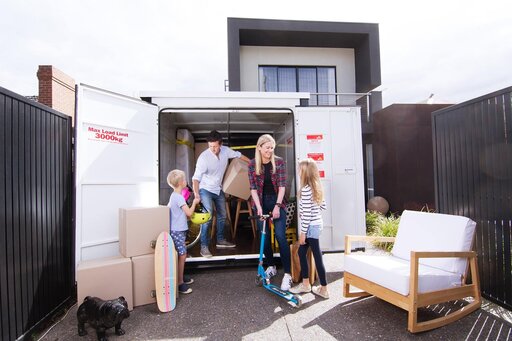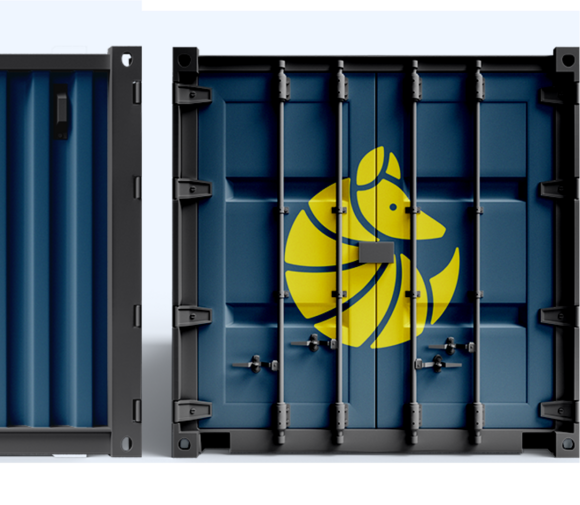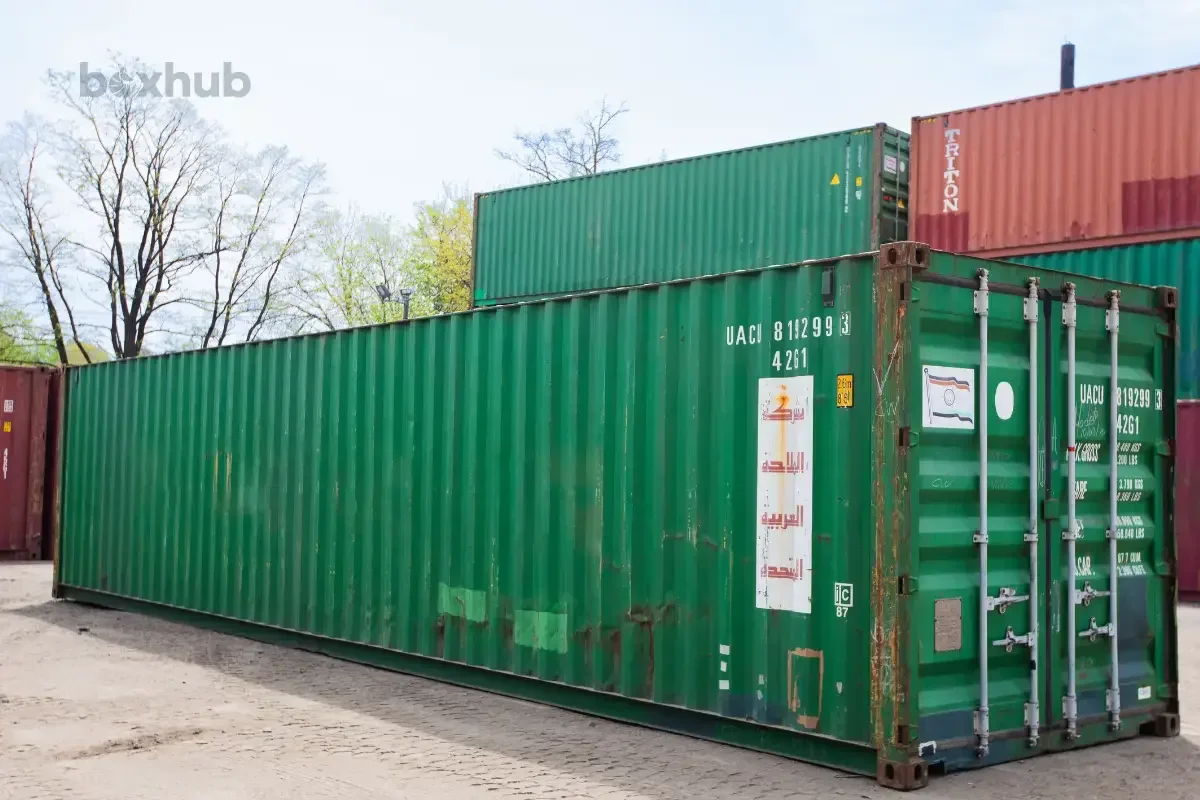Track my order
Trusted by thousands of U.S. businesses
For Storage












Unlock top tips and expert advice on how to use a shipping container for storage.


Thousands of happy customers have chosen Boxhub as their container supplier of choice.

















Shipping containers (also known as connex boxes or sea cans) make an excellent choice for self-storage units due to their large standardized storage capacity. For instance, a 20ft container can store the equivalent of 200 standard mattresses, two compact cars, or 9,600 wine bottles and a 40ft container can hold double the volume. Basically, you can fit a lot of your items in a container without running out of space.
Also, these containers are wind and watertight and were originally designed to carry freight, making them perfect for keeping your items safe from the elements. Their windowless design also maximizes security and privacy. Unlike storage units, these containers are portable and cheaper to set up. You can learn more about the benefits of shipping containers for storage here.
Shipping containers are available in various standardized sizes and conditions, making it easy for you to choose the one that fits your storage needs.
Both new (one-trip) and used (wind and watertight) containers are excellent options for storage. They are made of durable, weather-resistant COR-TEN steel, which means that you can safely and securely store a wide range of goods in them.
The most commonly available sizes are 20ft containers, which offer an internal volume of 1,172 cubic feet, and 40ft containers, which offer an internal volume of 2,385 cubic feet.
For a more detailed breakdown of container sizes and conditions, check out this helpful guide to choosing the right shipping container.
You can buy shipping containers directly through Boxhub's website or by speaking to a member of our team via phone, email, or live chat. To buy a shipping container online:
Step 1
Visit our online store and enter your delivery zip code.
Step 2
Pick the size and grade of the container you'd like to purchase
Step 3
Review your shopping cart and choose your preferred payment method.
Step 4
Validate and complete your purchase.
Questions? Reach out to us at 1-888-356-2954 at any time.
If you’re a regular homeowner who doesn’t have a garage to stash bicycles, patio furniture, or your favourite muscle car, you can store them in a shipping container.
If you’re a small business owner and you need a secure space to organize your retail inventory, you can use a shipping container.
If you’re a construction company, you can place your container onsite and use it to store large metals, cement and other construction equipment.
If you're a farmer, shipping containers are a great way to store equipment and supplies year-round, as well as keep animal feed dry and safe from rodents and insects.
In short: if you have something to store, you can find a top-quality shipping container for sale and use it as a residential or commercial storage unit.
The first step is making sure that your drop-off site is safe and accessible for the delivery driver.
They will need enough space to maneuver the truck and offload your shipping container. They will also need a smooth, solid road — surfaces like sand, mud, snow, and loose dirt won't work for a delivery.
When choosing where you want your shipping container placed, keep in mind that shipping containers used for storage should rest on level, stable surfaces. This prevents the doors from warping and becoming difficult to close. A cement or asphalt foundation is best, as it will provide a firm, level surface for the container and will stop water from pooling around the bottom.
You can also protect your shipping container self-storage unit from groundwater by raising it on level wooden blocks or iron plates. For a more detailed breakdown of what to expect for your shipping container delivery, check out this guide.
If you notice something unexpected with the container, call us at 888-356-2954.
ISO standards most notably apply to the size, height, and type of container.
- Size: The standard ISO container sizes are 20ft, 40ft, 45ft, and 48ft.
- Height: ISO containers are available in two heights: standard (8’6) and high-cube (9’6)
- Type: ISO container types include general-purpose containers, refrigerated containers (also known as “reefers”), open-top containers, platform containers, and tank containers.
Boxhub primarily sells 20ft and 40ft storage containers in standard and high-cube heights. Specialty units such as reefers and open-top containers are available in certain markets.
You can find a detailed table of ISO container size codes here.
The first thing that you can do to prepare your shipping container for storage is to clean it. Using a pressure washer, spray down the container's interior and exterior. Let it thoroughly dry. Then you can choose to add insulation or other modifications to it, like windows, doors, or security cameras.
If your container will be placed somewhere with high levels of rainfall or snowfall, consider installing an air-conditioning unit and adding ventilation to keep your container dry and prevent rust from accumulating. You can also choose to reinforce the container’s weather stripping and caulking to keep water out.
If you’re storing large items, you may not need to add any shelving inside the units — keeping the floor space open would be a better choice. If you’re storing small items, add shelves, cubbies, and cabinets to arrange your items.
Boxhub has a range of container modification kits to choose from, with each enabling you to upgrade your container in as little as 45 minutes. For a full breakdown of what's available, please call 1-888-356-2954.
The price of shipping containers varies based on their size, condition, and delivery location. For example, a 20ft container will typically be cheaper than a 40ft container. A new “one-trip” container — which has only made one trip across the ocean — will be more expensive than a used container, which has been retired from shipping after 12-15 years.
To get an estimate of how much your ideal shipping container will cost, you can request a quote from our team or check out online.

Continue Shopping
Loading cart









